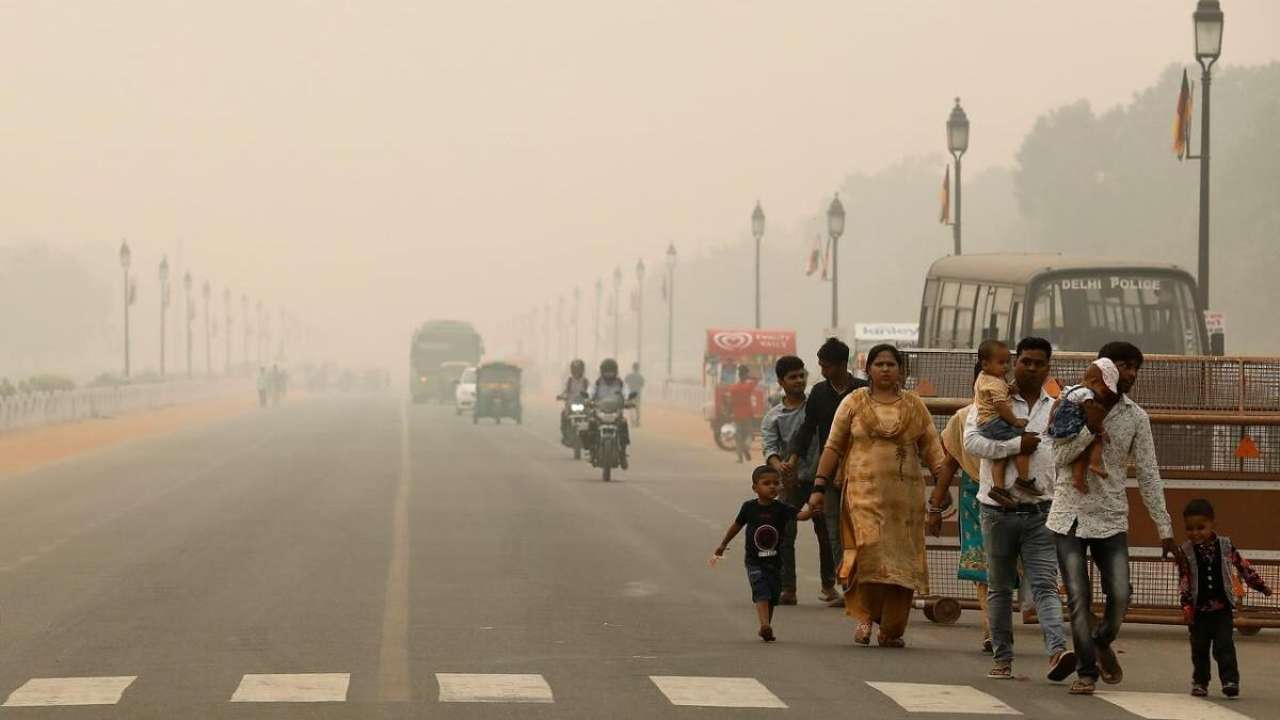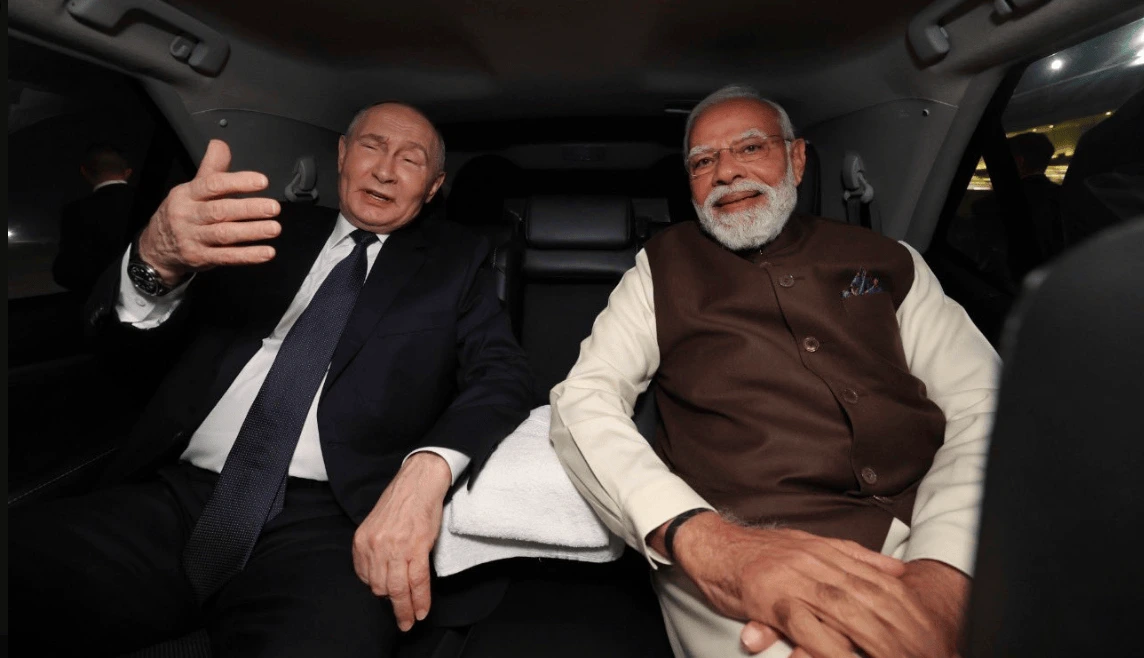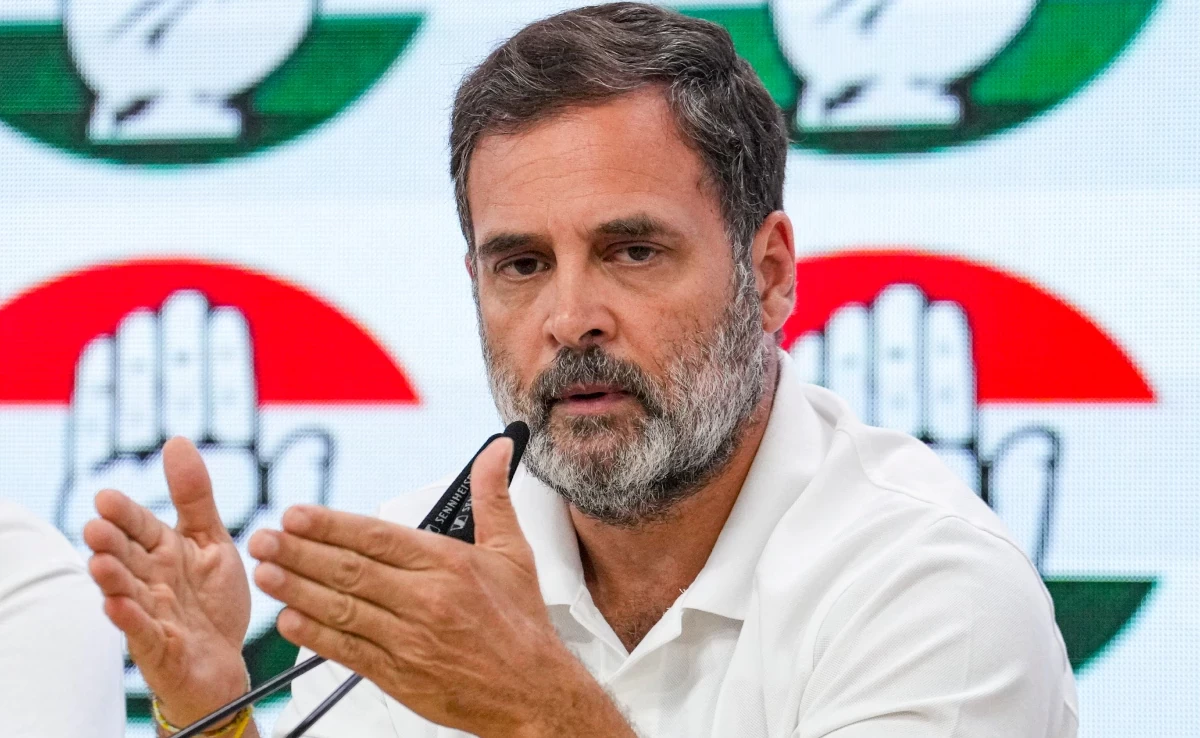Definition Of Physical Education
Physical education a socially developed action that structures one part of a more extensive actual culture that incorporates game and wellbeing/actual movement (Kirk, 1999, Lake, 2001a: 69, Penney, 1998).
Physical education, otherwise called Phys Ed., P.E, rec center, or rec center class, and referred to in numerous Commonwealth nations as actual preparing or PT, is a physical training related of keeping up the human body through actual activities (for example exercises). (Wikipedia)
What is physical training
Physical Education is the arranged, reformist discovering that happens in school educational program timetabled time and which is conveyed to all students. This includes both ‘figuring out how to move’ (for example getting all the more genuinely skilled) and ‘moving to learn’ (for example learning through development, a scope of abilities and understandings past actual movement, for example, co-working with others). The setting for the learning is actual movement, with kids encountering a wide scope of exercises, including game and dance. (afpe.org.uk)
Significance of Physical Education
An adjusted Physical education program gives every understudy an occasion to form into a truly taught individual; one who learns aptitudes important to play out an assortment of physical exercises, is truly fit, partakes consistently in actual action, knows the advantages from inclusion in actual action and it’s commitments to a solid way of life.
The aims of physical education is to create actual capability with the goal that all youngsters can move effectively and securely and comprehend what they are doing. The result of physical education is as critical to kids’ general advancement as proficiency and numeracy. ¬ pck.gov.uk
It means to build up understudies’ actual skill and information on development and security, and their capacity to utilize these to act in a wide scope of exercises related with the improvement of a functioning and solid way of life.
It likewise builds up understudies’ certainty and nonexclusive abilities, particularly those of cooperation, correspondence, inventiveness, basic reasoning and tasteful appreciation. These, along with the sustaining of positive qualities and perspectives in PE, give a decent establishment to understudies’ long lasting and life-wide learning.
The objectives/targets of physical education curriculum
- secure a wide scope of incorporated information, and upgrade comprehension and abilities for additional instruction and a future vocation;
- apply information and abilities to settle on educated choices and decisions, and to start, plan, perform and assess PE, sports and amusement, and wellbeing exercises;
- improve nonexclusive limit, specifically, joint effort abilities, relational abilities, basic reasoning, innovativeness and tasteful thankfulness, as a reason for additional investigations and profession advancement;
- create duty towards the improvement of individual prosperity and the further advancement of a functioning and solid society;
- become mindful residents who can exhibit attractive practices and a feeling of duty towards an incredible advancement, network, country and the world.
Compose the point of actual training
- Points of Physical Education
- Engine Skills Development
- Security
- Social Competence
- Natural turn of events and
- Recreation Time Activities.
- Enthusiastic Competence/Stability
- Self – Realization, Creativity, Esthetic Appreciation,Cognitive Development
- Ecological Awareness
points of actual instruction
- Prologue to Physical Education
- Meaning of Physical Education
- History of Physical Education
- Pre-pioneer period
- Pioneer period
- Post pilgrim period
- Actual advantages
- wellbeing
- wellness
- Social advantages
- character development
Physical Fitness
1 Meaning of actual wellness
2 Part of actual wellness
I) adaptability
ii) spryness
iii) quality
3 Meaning of First Aid
- Reformist phases of First Aid
- Distinguishing proof
- Conclusion
- Appraisal
- Treatment
- Removal
Parts of actual wellness
- speed
- power
- coordination
- perseverance
Regular wounds
wounds to muscles
wounds to joints
wounds to bones
dying
3 Acrobatic
1 Body Shapes
I) slender
ii) wide
iii) extended
iv) twisted
v) curved
Rolls
I) judo/shoulder roll
ii) plunge forward roll
iii) forward roll
iv) forward move with legs on the back of
iv) tank roll
Weight Bearing/Balances
I) T-balance
ii) hunch balance
iii) swan balance
iv) head stand
v) truck wheel
vi) Arab spring
Vaults
I) straddling vault
ii) through vault
iii) cheat vault
iv) door vault
Succession
Development varieties
I) accomplice adjusts
ii) bunch adjusts
iii) pyramids
Weight bearing/Balances
I) ‘v’ balance
ii) handstand
iii) crab balance
iv) point headstand
Vaults
I) fence vault
ii) side vault
Springs
I) hand spring
ii) head spring
iii) fly spring
iv) feline spring
Grouping
Development varieties
I) accomplice adjusts
ii) bunch adjusts
iii) pyramids
Games
Soccer
Netball
Volleyball
Handball
Hockey
Softball
Table Tennis
Badminton
B-ball
Rugby
Cricket
Baseball
Tennis
Sports
Runs
Separation Running
Jumping
Walk
Transfers
Long Jump
Triple Jump
High Jump
Shaft Vault
Spear
Disk
Shot Put
Swimming
Brief history
I) roots of swimming
ii) advancement of swimming in Kenya
Pool format
Individual and pool cleanliness
Water certainty abilities
I) section
ii) exit
iii) lowering
iv) strolling
v) breath control
Drifting
I) mushroom/fold
ii) front buoy/coast
Front creep
I) body position
ii) leg activity
iii) arm activity
iv) relaxing
v) coordination
Dance
Brief history
I) roots of moves
ii) advancement of dance in Kenya
Read Also: What is the Importance of Physical Education?
Steps
Rhythms
Levels
I) low
ii) medium
iii) high
Speed
I) slow
ii) medium
iii) quick
Coordination
Examples
Styles
Developments
- lines
- circles
- square shape
- triangle
Connections
- single
- accomplice/sets
- group
- gatherings
Pull Of – War
Brief history
I) sources of back-and-forth
ii) advancement of back-and-forth in Kenya
Grasp
Position
Pull
I) body position
ii) arm activity
iii) leg activity
iv) relaxing
v) coordination
Pulling
- rules and guidelines
- strategies and methodologies


 India News17 hours ago
India News17 hours ago
 India News13 hours ago
India News13 hours ago
 India News8 hours ago
India News8 hours ago
 India News17 hours ago
India News17 hours ago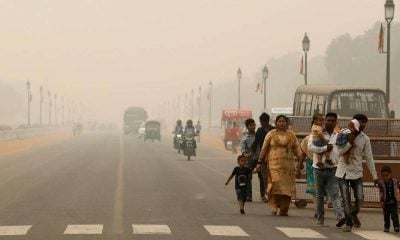
 India News8 hours ago
India News8 hours ago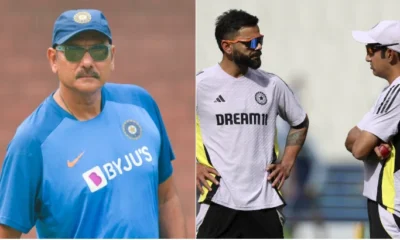
 Cricket news8 hours ago
Cricket news8 hours ago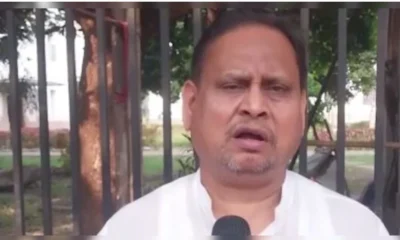
 India News13 hours ago
India News13 hours ago
